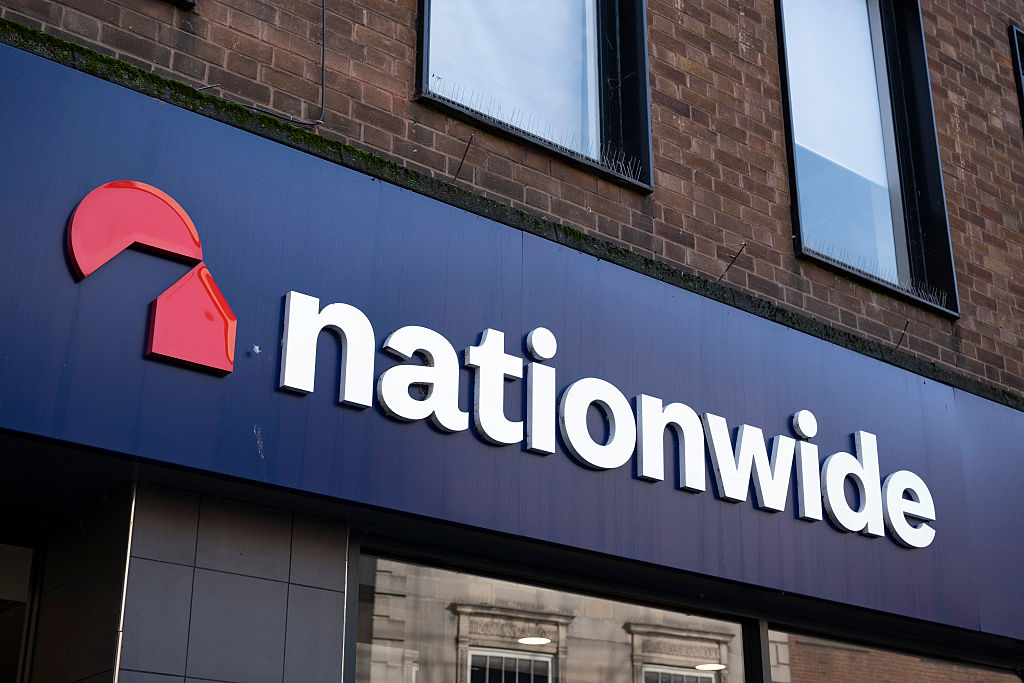How to avoid stamp duty
The new rules on stamp duty have muddied the waters. Sarah Moore explains what they mean, and how you can cut your tax bill.

The new stamp-duty rules that came into effect last year, which impose an additional 3% tax on purchases of second homes, were brought in to discourage buy-to-let landlords from expanding their property portfolios. However, as with many new taxes, the rules created plenty of complications, so earlier this year the government published some much-needed guidance. These clarified some situations both common and uncommon in which the higher rate does not apply.
The most likely scenario is one where a landlord owns multiple properties, but is buying an extra one to replace their main residence rather than to rent it out. In that case, extra stamp duty will not apply to the purchase. This concession only applies if you dispose of the first main residence ie, you're genuinely swapping one house for another, rather than adding to your portfolio.
The additional tax will still be charged if you planned to sell your house, but had difficulty in finding a buyer, and so ownership of the two houses overlaps. However, if you sell the former residence within 36 months of completing on the purchase, HMRC will refund the extra duty paid.
MoneyWeek
Subscribe to MoneyWeek today and get your first six magazine issues absolutely FREE

Sign up to Money Morning
Don't miss the latest investment and personal finances news, market analysis, plus money-saving tips with our free twice-daily newsletter
Don't miss the latest investment and personal finances news, market analysis, plus money-saving tips with our free twice-daily newsletter
Another potentially useful exemption may apply if you own multiple properties but rent your main residence (for example, you are a buy-to-let landlord who lives in rented accommodation).If you then want to buy another house to live in yourself, you would normally pay additional stamp duty. However, if you previously owned a main residence that was sold before the announcement of the stamp-duty surcharge on 26 November 2015, you will still be exempt from additional stamp duty as long as you buy the new house before 26 November 2018.
Some more unlikely exemptions apply if you are buying a property worth less than £40,000, or a mobile home, caravan or houseboat. You can also avoid the extra tax if you buy a main residence and "an annexe capable of separate sale" (eg, a "granny flat") in the same transaction though the annexe must not be worth more than a third of the total transaction value. Finally, if you have inherited a share in a property that is equivalent to 50% or less in the three years prior to buying your new home, you will not be charged at the higher rate.
Cut your tax bill: buy the house next door
Wealthy homeowners in London have taken to buying a neighbouring property and "knocking through" to gain extra space while minimising stamp duty, says James Pickford in the Financial Times. Although this may sound like a daft thing to do, in specific situations this strategy can save buyers a significant sum.
Buyers must pay stamp duty based on the value of the property they are purchasing. So the owner of a £4m apartment who buys an adjacent one at the same price would pay stamp duty of £513,750, says Pickford (this includes the higher-rate duty for buying a second home).
If the same person were to move somewhere else with the same amount of space as the two properties combined, they would avoid paying the added duty, but would probably pay more in total because the standard stamp duty would be greater on the larger property (if the larger property cost £8m, they would pay £873,350).
The proportion of "adjoining" transactions carried out by estate agent Carter Jonas's Mayfair office has increased from 2%-4% per year to 10% since December 2014, says its head of London residential property. Most involve knocking through flats in mansion blocks.
However, it is not always easy to turn two properties into a coherent home, points out buying agent Property Vision. This is especially true in historic areas of London, where listing or conservation area rules are strict. Where two flats have been knocked into each other, owners may encounter problems selling on, as it can be difficult to create rooms "of sufficient volume to justify the double price tag" relative to other flats in the building.
Get the latest financial news, insights and expert analysis from our award-winning MoneyWeek team, to help you understand what really matters when it comes to your finances.
Sarah is MoneyWeek's investment editor. She graduated from the University of Southampton with a BA in English and History, before going on to complete a graduate diploma in law at the College of Law in Guildford. She joined MoneyWeek in 2014 and writes on funds, personal finance, pensions and property.
-
 Football fans issued warning over ticket scams ahead of 2026 World Cup
Football fans issued warning over ticket scams ahead of 2026 World CupSantander customers lost more to football scams in the first six months of 2025 compared to the same period in 2024, when total losses surged due to the Euros
-
 Nationwide fined £44 million over “inadequate” anti-money laundering systems
Nationwide fined £44 million over “inadequate” anti-money laundering systemsFailings in Nationwide’s financial crime processes between October 2016 to July 2021 meant one criminal was able to deposit £26 million from fraudulent Covid furlough payments in just eight days.